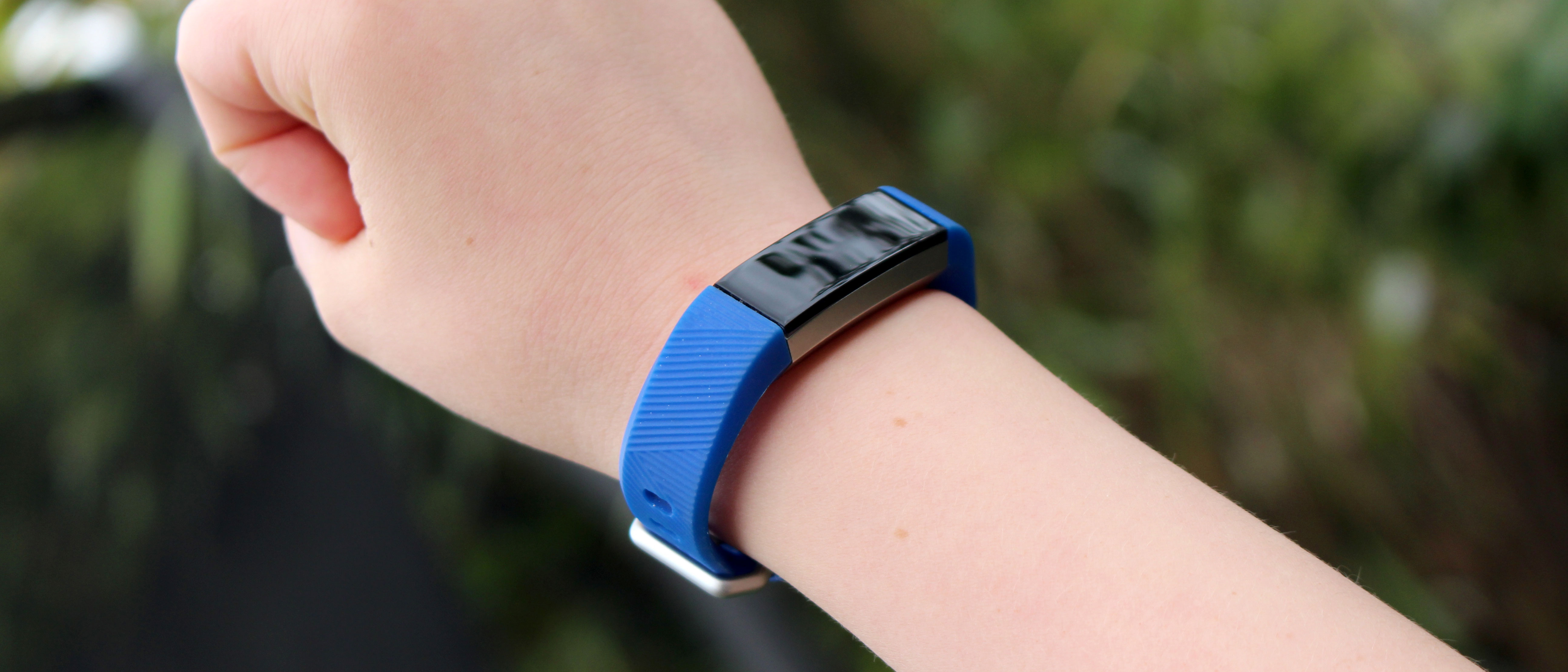TechRadar Verdict
With its reduced feature set and child-friendly reward system, the Fitbit Ace is the perfect device for parents who want to get their kids active without dazzling them with the full force of fitness tracking. Because it shares the same design as the Fitbit Alta your kids won't feel like they're getting a lesser experience, but at $100 / £80 / AU$130 it's a little on the expensive side, considering the competition.
Pros
- +
Good design for kids
- +
Changeable straps
- +
Smart app skills
Cons
- -
Expensive compared to competition
- -
Limited functionality compared to other Fitbit
- -
Easier if you own a Fitbit
Why you can trust TechRadar
Having conquered the world of adult fitness trackers, Fitbit has now turned its attention to its next target: children.
The Fitbit Ace is the first product from the company to focus solely on youngsters, a market that has grown significantly over the past few years. Competitors have sprung up in the children's activity tracker space, and the Fitbit Ace is the first time the company has tried to tackle the younger market.
The Ace doesn't compromise on core features either – it offers water resistance, activity tracking, decent stamina and robust connectivity with the core Fitbit smartphone app.
Fitbit Ace release date and price
Released around the world in June 2018, the tracker is now ready to buy in the US, UK, Australia and various other countries around the world.
The Fitbit Ace price is set at $99 / £79.99 / AU$129.95, which is on the expensive end of fitness trackers for children with a lot of the competition being a lot cheaper.
We may soon start to see the company discount the Fitbit Ace during sales periods as it's that little bit older, but you shouldn't expect to pay less than the RRP as it's currently less than half a year old.
Design and comfort
- Waterproof casing
- Strap can be changed as your child grows


While the Fitbit Ace is the first fitness band in the line to be aimed squarely at kids, it's not an all-new product – it's basically the Fitbit Alta HR with a smaller strap.
Sign up for breaking news, reviews, opinion, top tech deals, and more.
While this might seem rather lazy on Fitbit's part, it's actually a stroke of genius when you really think about it; kids are very fashion-conscious and giving them a childish-looking device will only stop them wanting to wear it.
Because the Fitbit Ace looks like a 'proper' Fitbit wearable, they'll be more inclined to pop it on.
The Ace's similarity to a full-fat Fitbit also means that when your child has outgrown the bundled strap – which can be removed pretty effortlessly – they can upgrade to a larger strap and keep using it, rather than chucking it in a drawer and forgetting about it.

Our test subject is 10 years old and while the Ace fits well enough at the moment, there's not a massive amount of room (the device is recommended for children ages 8 and up, in case you were wondering).
The ergonomically-shaped main body is comfortable enough, even though it's made out of metal, while the strap itself is a soft rubber-like material that didn't cause any complaints during our testing period. You can get the device with either a blue or purple strap.
Screen
- 128 x 36 pixel OLED
- Tap-based interaction, rather than touch-based
The Ace uses a 128 x 36 pixel resolution OLED screen to display information such as the time, date, total steps for the day and total active time.
You can select from one of 10 different watch faces but to be honest, there's very little difference between them – after all, there's not a massive amount of real estate to deal with here.

The screen also handles all of the notifications that relate to various activities, and does a good job of displaying eye-catching animations which give kids a visual reward for hitting their goals. Unlike a lot of OLED-based wearables, the screen is easy to make out in direct sunlight, too.
The only downside is that because interaction is based around tapping and not touch, it can take some getting used to.
A firm tap anywhere on the tracker is usually required to wake the screen, and subsequent taps will cycle through the various displays. If you just want the time, tilting your wrist is enough to wake the display.
